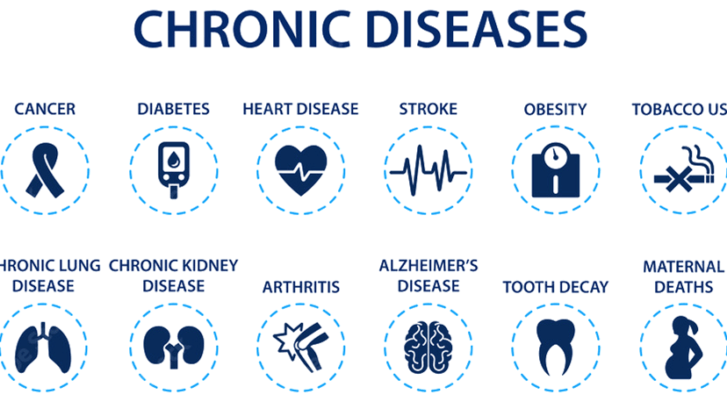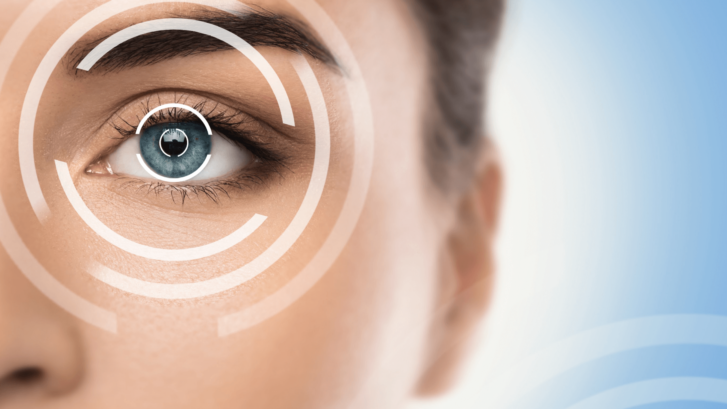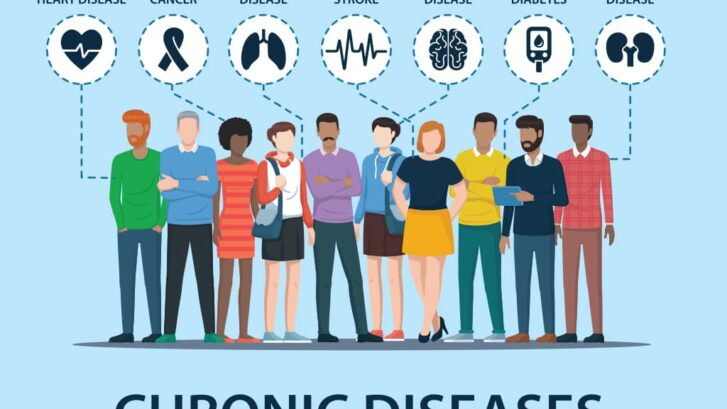Caring for a Loved One with Dementia: Insights from Bruce Willis’ Journey
Dementia is a condition that affects not only the person diagnosed but also their entire circle of family and friends. Recently, the world learned about Hollywood actor Bruce Willis’ diagnosis of frontotemporal dementia, offering an opportunity to explore the essential aspects of caring for a loved one with dementia. In this article, our primary care doctors in Jupiter delve into the challenges and insights that come with dementia caregiving, drawing inspiration from Willis’ situation and the compassionate approach of his family.
Understanding Dementia Care
Caring for someone with dementia is a deeply emotional and often exhausting experience. Dementia is not a single disease but a set of cognitive impairments, each person’s experience is unique. To provide effective care, one must understand the nature of the condition and its progression.
- Education is Key
Just as Emma Heming, Bruce Willis’ wife, emphasized the importance of educating their children about dementia, caregivers should also educate themselves. Understanding the specific type of dementia, its symptoms, and its progression can help caregivers better anticipate and manage challenges.
- Open and Honest Communication
Heming’s approach to open and honest communication is invaluable. It helps demystify dementia, reduce stigma, and create a supportive environment. Caregivers should encourage their loved ones to express their feelings and thoughts, even as dementia progresses.
- Patience and Flexibility
Dementia can lead to mood swings, confusion, and agitation. Patience is a crucial virtue for caregivers, as well as the ability to adapt to changing situations. What works one day may not work the next, and flexibility is key to providing the best care.
- Routine and Structure
Creating a daily routine can help individuals with dementia feel more secure and oriented. Establishing a familiar schedule for meals, activities, and rest can provide comfort and reduce anxiety.
- Safety Measures
As dementia progresses, individuals may become prone to wandering or forget to turn off appliances. Ensuring a safe living environment by installing locks and alarms, and removing potential hazards, is essential.
- Seek Professional Help
Caregiving can be overwhelming, and it’s crucial for caregivers to acknowledge their own limits. Professional assistance, such as home health aides, support groups, or respite care, can provide much-needed relief and support.
- Self-Care
Caregivers must prioritize self-care to maintain their own physical and emotional well-being. Neglecting self-care can lead to caregiver burnout, which ultimately affects the quality of care provided.
Bruce Willis’ Journey as an Inspiration
Bruce Willis’ battle with dementia, as shared by his friend Glenn Gordon Caron, serves as a poignant reminder that dementia does not diminish a person’s essence. Despite cognitive decline, individuals with dementia retain their core qualities. Caregivers should strive to see and appreciate these qualities, just as Caron continues to do.
Conclusion
Caring for a loved one with dementia is a challenging and emotional journey, but it can also be a deeply rewarding one. Bruce Willis’ experience sheds light on the importance of empathy, communication, and education in dementia caregiving. By understanding the nature of the condition, adopting a compassionate approach, and seeking support when needed, caregivers can provide the best possible care to their loved ones, helping them navigate the complexities of dementia with dignity and grace.










